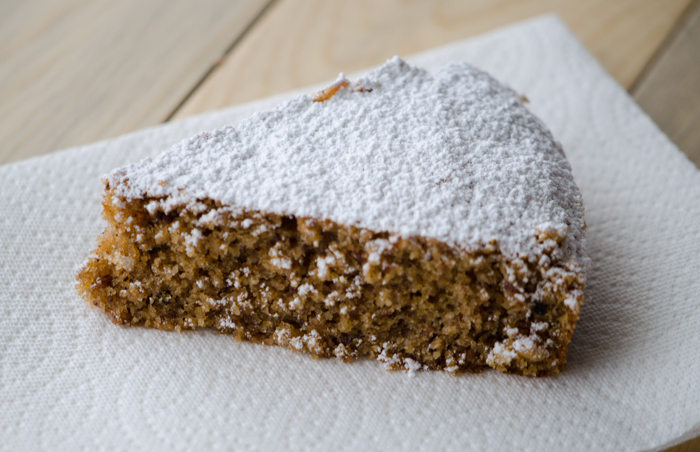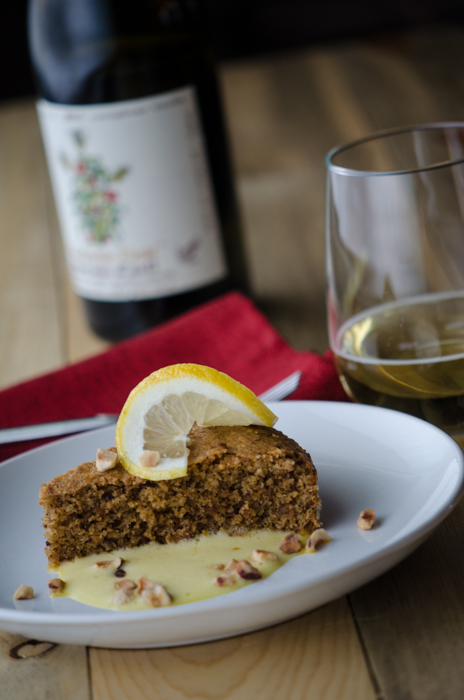 Located in the northwest corner of Italy, and isolated from much of Europe by the mountains of the Alps is the region of Piedmont. The second largest region in Italy, with it’s capital of Turin/Torino, Piedmont’s position between the sea to the south, France to the west, and Switzerland to the north, has positioned it as an important player in the transport of goods throughout history.
Located in the northwest corner of Italy, and isolated from much of Europe by the mountains of the Alps is the region of Piedmont. The second largest region in Italy, with it’s capital of Turin/Torino, Piedmont’s position between the sea to the south, France to the west, and Switzerland to the north, has positioned it as an important player in the transport of goods throughout history.
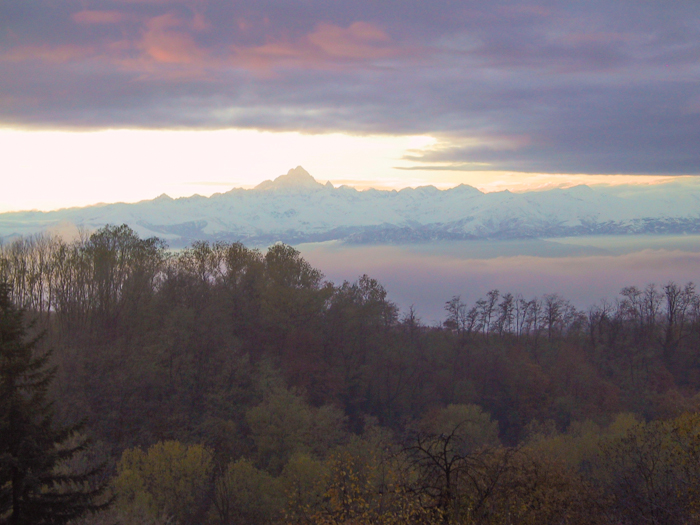 The varied landscape of this region produces a wide array of seasonal products that contribute to Piedmont’s distinctive cuisine. Overlooked by visitors for many years, Piedmont’s culinary heritage has attracted international attention since Carlo Petrini, an activist who first rose to prominence in the 1980s for participating in the campaign against McDonald’s opening near the Spanish Steps in Rome, founded the Slow Food movement in Cuneo in 1986.
The varied landscape of this region produces a wide array of seasonal products that contribute to Piedmont’s distinctive cuisine. Overlooked by visitors for many years, Piedmont’s culinary heritage has attracted international attention since Carlo Petrini, an activist who first rose to prominence in the 1980s for participating in the campaign against McDonald’s opening near the Spanish Steps in Rome, founded the Slow Food movement in Cuneo in 1986.
Although the terrain of Piedmont is over 40% mountains, the bucolic hills of Langhe and Monteferrato are a wonderful place for an Italy cycling tour, enjoying the local cuisine and renowned Piedmont wines as you wind your way through farmlands and vineyards, discovering small, seemingly forgotten hamlets and ancient castles.
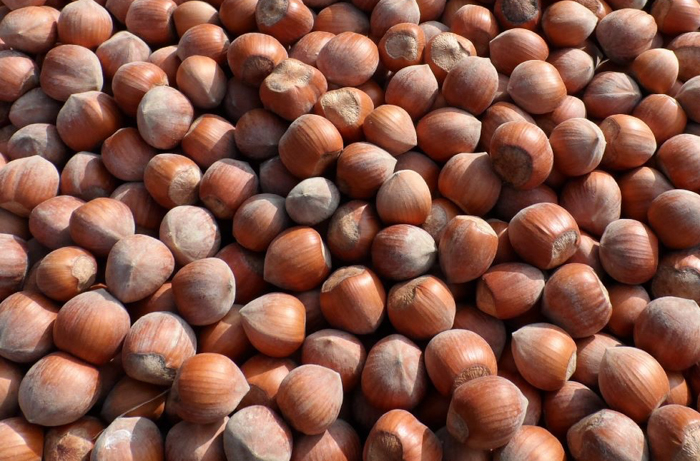 Historically, in the autumn the residents of the hills around Langhe would head into the woods to gather hazelnuts, which were then dried or roasted and used all year round. The local cultivar, the Tonda Gentile delle Langhe, is renowned for its quality – excellent taste and aroma after roasting, good yields after shelling, long shelf life. The ‘Nocciola del Piemonte’ (hazelnut from Piedmont), has spread across Piedmont, but is still concentrated in the provinces of Cuneo, Asti, and Alessandria, in an area between the hills of Langhe, Roero, and Monferrato. It has earned Protected Geographical Indication certification, which guarantees both quality and authenticity of this product.
Historically, in the autumn the residents of the hills around Langhe would head into the woods to gather hazelnuts, which were then dried or roasted and used all year round. The local cultivar, the Tonda Gentile delle Langhe, is renowned for its quality – excellent taste and aroma after roasting, good yields after shelling, long shelf life. The ‘Nocciola del Piemonte’ (hazelnut from Piedmont), has spread across Piedmont, but is still concentrated in the provinces of Cuneo, Asti, and Alessandria, in an area between the hills of Langhe, Roero, and Monferrato. It has earned Protected Geographical Indication certification, which guarantees both quality and authenticity of this product.
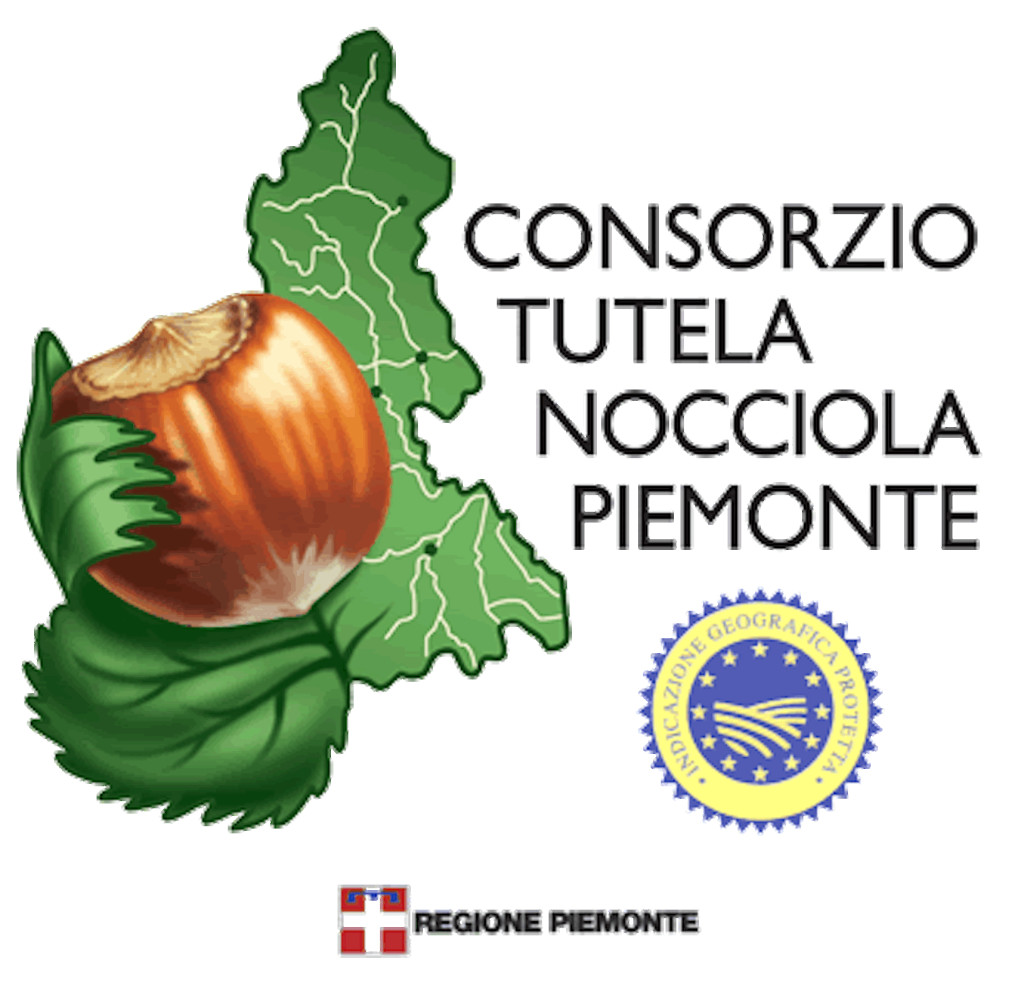 Today, the vast majority of these prized hazelnuts are consumed by the confectionery industry – Nutella, based in Alba, alone uses 25% of the world’s production of hazelnuts. Gianduia, the first ‘Nutella’, a sweet spread of chocolate and hazelnut paste, was invented in Turin during Napoléon’s regency (1796–1814), when the Mediterranean was under a blockade by the British. Michele Prochet, a local chocolatier extended the little chocolate he had by mixing it with ground hazelnuts from the Langhe hills.
Today, the vast majority of these prized hazelnuts are consumed by the confectionery industry – Nutella, based in Alba, alone uses 25% of the world’s production of hazelnuts. Gianduia, the first ‘Nutella’, a sweet spread of chocolate and hazelnut paste, was invented in Turin during Napoléon’s regency (1796–1814), when the Mediterranean was under a blockade by the British. Michele Prochet, a local chocolatier extended the little chocolate he had by mixing it with ground hazelnuts from the Langhe hills.
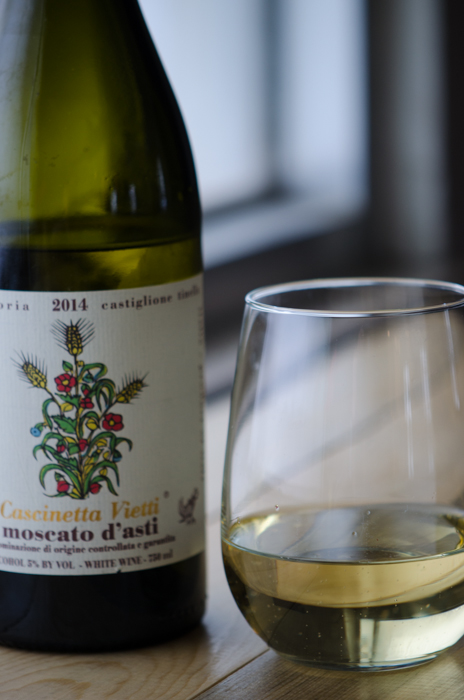 Another traditional hazelnut based dolce from the region is the torte di nocciole, A traditional cake made with roasted hazelnuts. It is often accompanied by a sweet zabaione sauce, and paired with dessert wines like the regional frizzante white wine of Moscato d’Asti, or even reds like Barolo and Barbaresco.
Another traditional hazelnut based dolce from the region is the torte di nocciole, A traditional cake made with roasted hazelnuts. It is often accompanied by a sweet zabaione sauce, and paired with dessert wines like the regional frizzante white wine of Moscato d’Asti, or even reds like Barolo and Barbaresco.
Torta di Nocciole
6-8 servings
2 eggs, separated
1/3 cup sugar
1/2 cup butter, room temperature
1 teaspoon grated lemon peel
1/2 cup all-purpose flour
1 teaspoon baking powder
1 teaspoon vanilla extract
8 ounces hazelnuts, toasted, peeled and finely chopped
1/4 cup espresso
Preheat the oven to 350°F. Grease and flour a 9-inch round cake pan.
Combine the butter and sugar, and beat with an electric mixer until he sugar is fully dissolved and the mixture is pale yellow. Add the egg yolks and beat for 30 seconds. Mix in the lemon peel, flour, baking powder, vanilla, hazelnuts and espresso until they form a wet dough.
In a separate bowl, beat the egg whites until stiff. Fold into the dough. Pour the dough in the prepared pan. Bake for 40 minutes, cool, and serve at room temperature.
Zabaione
4 egg yolks
1/4 cup sugar
1/2 cup Moscato wine
Fill a medium saucepan about 1/3 full with water and bring to a simmer.
In a medium metal bowl, beat the egg yolks, sugar, and wine together until smooth. Set the bowl over the simmering water and whisk until the mixture is thick, pale yellow in color, and doubled in volume, about 8-10 minutes. If the eggs appear at all to be cooking, remove from the heat.
